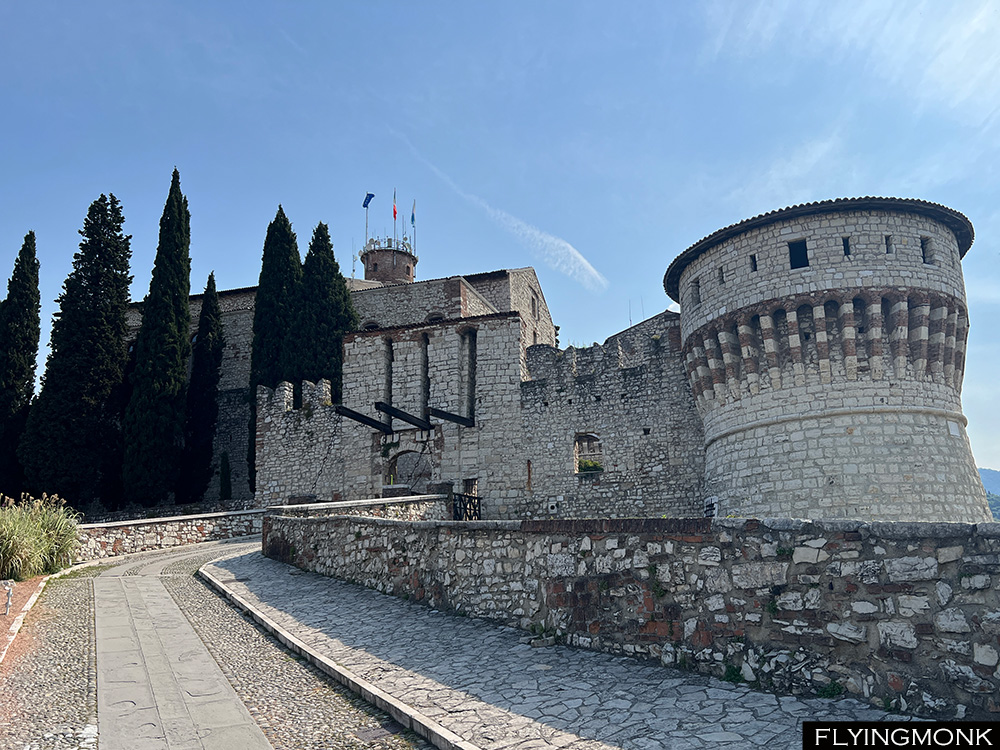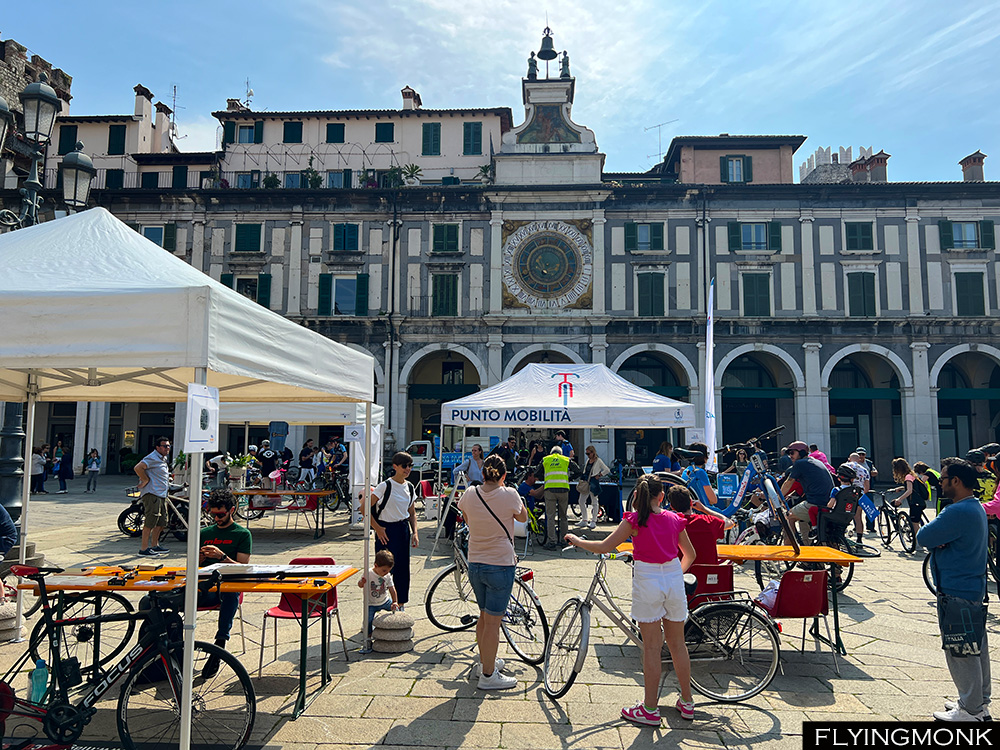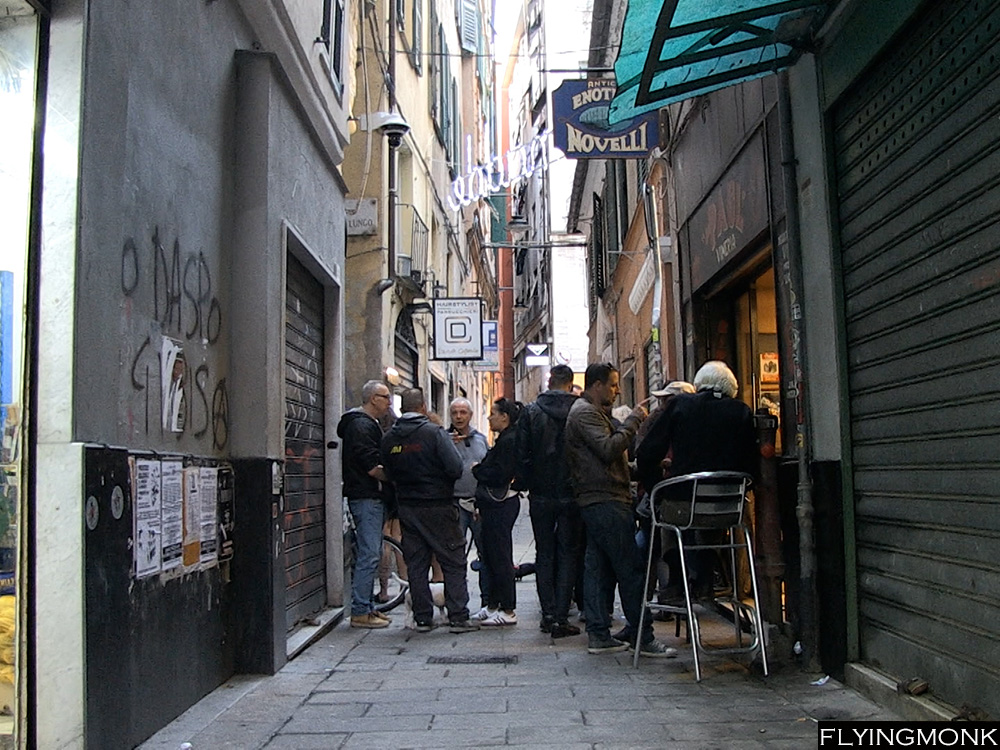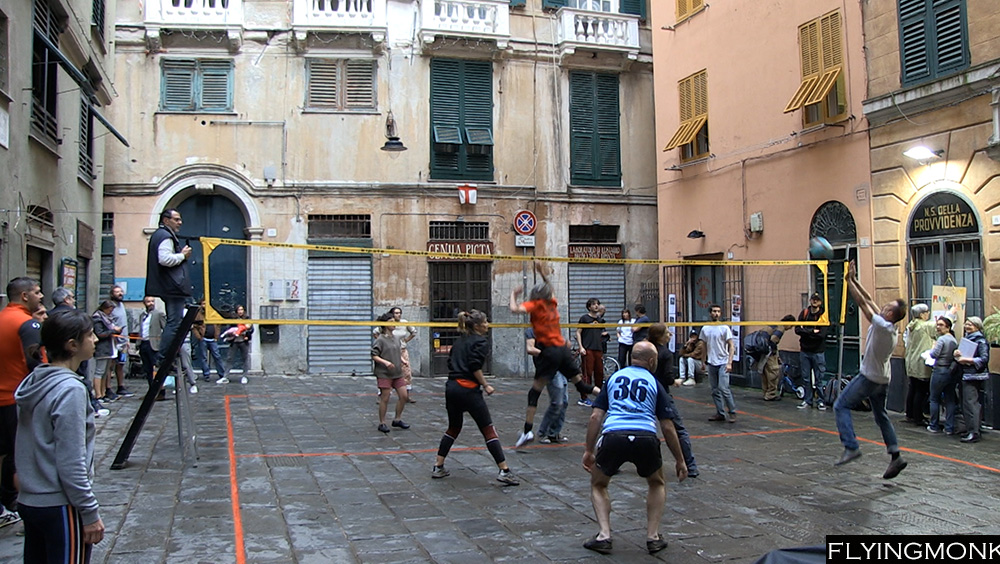
“The beauty is in the eye of the beholder” is a saying but in Italy the beauty is as encompassing as the air you breathe. Any place in Italy envelops you in beauty that is exuded both by its generous nature but mainly by what humans created along history. And in spite of wars and destruction that raged for centuries along the Italian peninsula people, by the sheer love of their places always rebuilt and embellished their destroyed towns.

In Brescia we closed the loop we started in Bergamo, two cities that seem connected at the hip. They were together European culture capital in 2023 and all visiting fliers offered by their marketing offices show both city maps one near another, marking out their remarkable buildings. It makes you feel that you MUST see both cities situated actually pretty close to each other.

But more than the beautiful buildings, churches, museums and palazzo what radiates the charm of an Italian city is its piazza. The life of the city happens in the piazza that fills up with people since early morning and it will find them in the same spot at the wee hours of the night. Piazza is an Italian institution where gossip flies, deals are made, dating flourishes and local culture is crafted. For us it was no better time than coming to the piazza in the early hours of the morning when few were out sipping a coffee while reading the newspaper, relaxed sitting in one of the many chairs that line up the piazza’s pavement. We joined them and sat there waiting for the others to wake up and fill up the rest of the chairs, and always sad when we decided to leave, that we could not stay as long as them, having to live the life of travelers ready to discover a new city. And hoping that somehow, by miracle in the next visit we’d be able to spend hours in that same piazza. Just chilling.

In Brescia, like in all other Italian towns we enjoyed piazza – and there are many of them – watching how locals come, chat, read, smoke, admire, laugh and go on with their life. A life that apparently happens at a completely different pace than the one we are so used to in New York where time is translated in money and life slips through your fingers.

But walking uphill towards the Brescia Castle we could not avoid stepping on names etched in metal plates. A long row of plaques with names after names, citizens’ medallions, of local Brescians or foreigners, all with a date around 1974 or 1975. People were walking peacefully their dogs stepping obliviously over these medallions just to find out these were the names of the ones who died or were severely wounded in the 1974 terrorist attack with a bomb in the same piazza, Piazza de Loggia, where life seemed the most peaceful and cherished. “Far right, far left, fascists, communists are all the same” told us one of the locals whom we asked who put the bomb. “This year will be the 50th year anniversary of the bombing” (where 8 people died and 102 were wounded), he told us.

Our flight from Milan to New York was in the afternoon so we did not have enough time to delve into Brescia’s palazzos and museums. We walked the city streets making a point to touch all its square even devoid of the crowds that make them vibe in the evening. Also, we felt saturated by the Italian beauty. Even without a precise schedule of visits the towns are overwhelming in what they offer. A schedule may be for sure helpful but we were wondering how many days you really need in order to check all the venues marked on paper while we did not have a moment of respiro in a day without any trace of a schedule! And we strolled the entire city from archeological sites, to spectacular arhitectural jewels, to churches, statues, parks, fountains, museums, art galleries, painted chapels, collections, palaces, all loaded by beautiful art created in centuries of exquisite and refined flourishing of this part of Europe. At one point you cannot avoid noticing that you became saturated of this astounding art and its emanating beauty and stroll quicker, seemingly afraid in a way of more visits. And you realize in shock that can absorb no more the surrounding refinement that became, if this is really possible… too uniform.















You must be logged in to post a comment.